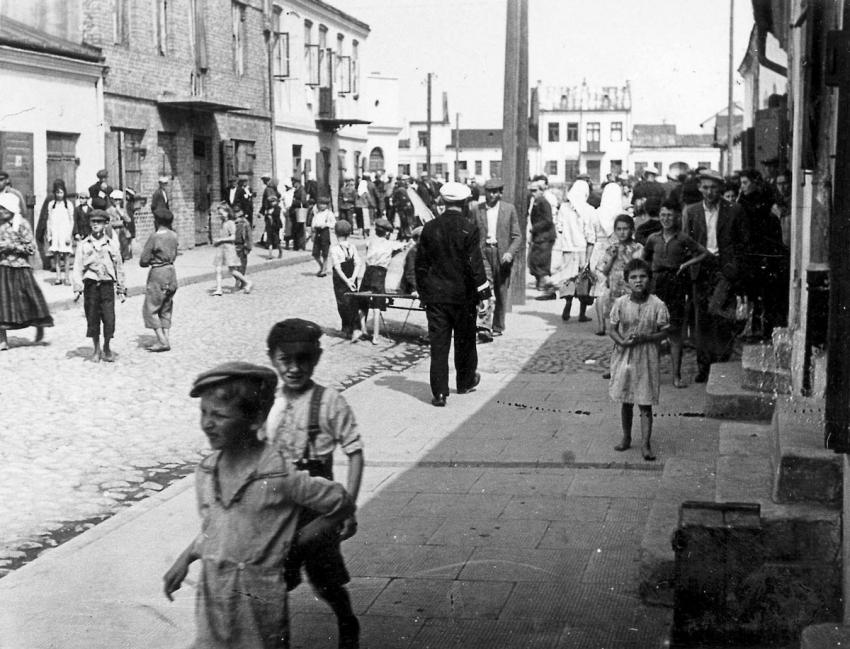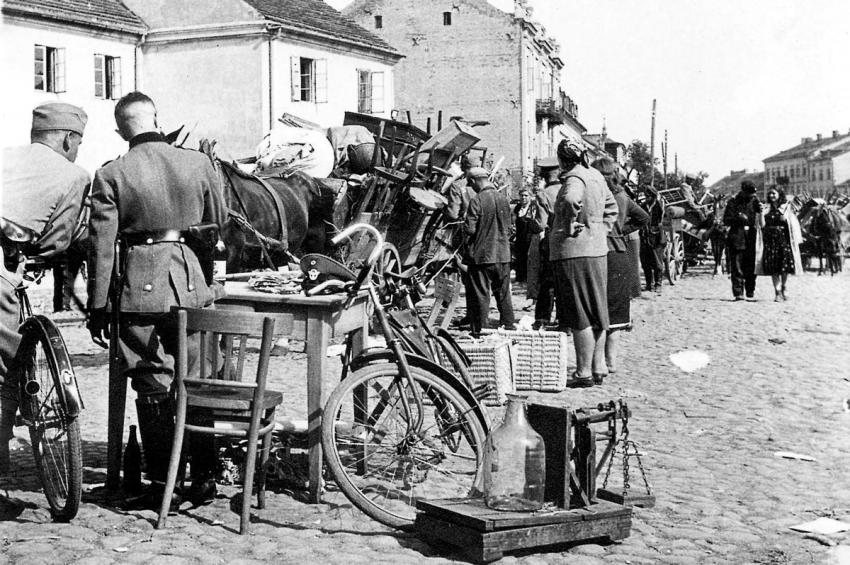In 1939, the town of Szydłowiec in Poland had a Jewish community numbering some 7,000 members. Economically, they subsisted primarily on industry, craftsmanship and trade. Culturally, the Jewish community maintained a wide variety of educational, cultural and religious institutions, in which nearly all of the political and ideological movements at the time were represented: the Zionists, the Socialists, and the Orthodox Agudat Yisrael.
In September 1939, Szydłowiec fell under German occupation. The community’s leaders successfully bribed members of the German regional government, which may be the reason for the very late establishment of a ghetto in the town (as late as December 1941). Moreover, even after this point the ghettoized area was not surrounded by barbed wire, despite the fact that thousands of Jews from the surrounding areas, as well as Jews expelled from distant ghettos, were crowded into the Szydłowiec ghetto. The deportations to Szydłowiec swelled the numbers in the Szydłowiec ghetto by many thousands.
In September 1942, German SS men accompanied by their auxiliary Ukrainian forces liquidated the Szydłowiec ghetto, sending its residents to their death in Treblinka. Following this a second ghetto (a “Restored Ghetto”) was created; it was used to hold another 5,000 Jews, most of whom had been exploited for slave labor in nearby forced labor camps. The second Szydłowiec ghetto was used as a holding point for Jews of three categories: those so emaciated from their slave labor, that they had been deemed “unable to work"; those who had been deported from other ghettos; and those who had been caught in hiding. In January 1943 the “Restored Ghetto” was also liquidated, its Jews deported to Treblinka where they were murdered. A small number of Jews survived by hiding, fleeing, or survived their incarceration in the forced labor camps.




